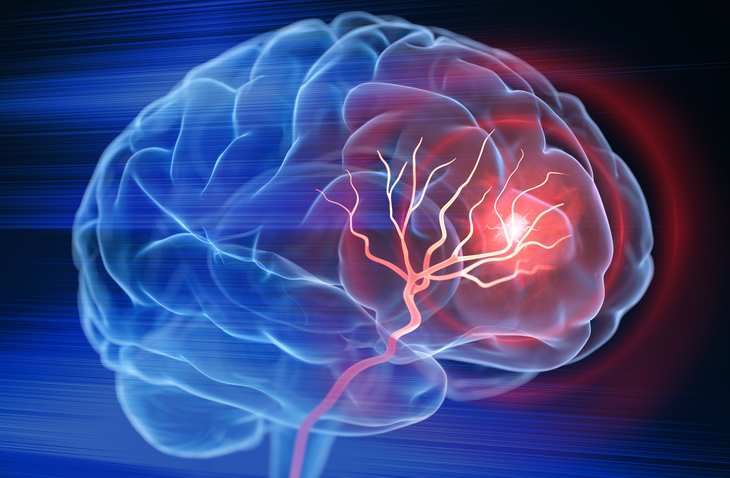
For individuals at clinical high risk (CHR) for developing psychosis, poor functional outcomes are associated with baseline abnormalities in recognizing negative emotion, according to the findings of a study published in JAMA Psychiatry.
In this naturalistic case-control study, researchers evaluated 213 patients at CHR for psychosis with clinical follow-up at 12 from July, 2010, to August, 2016, while collecting data from 9 psychosis early detection centers (Amsterdam, Basel, Cologne, Copenhagen, London, Melbourne, Paris, The Hague, and Vienna). All study participants were enrolled in the European Network of National Schizophrenia Networks Studying Gene-Environment Interactions (EU-GEI) project. The researchers assessed emotion recognition using the Degraded Facial Affect Recognition Task.
Subsequently, three-Tesla magnetic resonance imaging scans were acquired from all participants, and gray matter volume was measured in regions of interest (medial prefrontal cortex, amygdala, hippocampus, and insula). Clinical outcomes at 12 months were evaluated for transition to psychosis using the Comprehensive Assessment of At-Risk Mental States criteria, and the level of overall functioning was measured through the Global Assessment of Functioning [GAF] scale. Data were analyzed from October 1, 2018, to April 24, 2019.
According to the results of this study, at the follow-up within 2 years of baseline, 44 individuals at CHR (20.7%) had developed psychosis and 169 (79.3%) had not. The researchers observed that the individuals at CHR reinterviewed with the GAF, 39 (30.0%) showed good overall functioning (GAF score, ≥65), whereas 91 (70.0%) had poor overall functioning (GAF score, <65). Moreover, the CHR sample, enhanced anger recognition at baseline was associated with worse functional outcome (odds ratio [OR], 0.88; 95% CI, 0.78 to 0.99; P = .03).
The study found that individuals at CHR with a good functional outcome, positive associations were found between anger recognition and hippocampal volume (ze = 3.91; familywise error [FWE] P = .02) and between fear recognition and medial prefrontal cortex volume (z = 3.60; FWE P = .02), compared with participants with a poor outcome. Furthermore, the onset of psychosis was not associated with baseline emotion recognition performance (neutral OR=0.93; 95% CI, 0.79 to 1.09; P = .37; happy OR=1.03; 95% CI, 0.84-1.25; P = .81; fear OR, 0.98=95% CI, 0.85 to 1.13; P = .77; anger OR=1.00; 95% CI, 0.89 to 1.12; P = .96). They observed no No difference in the association between performance and regional gray matter volumes in individuals at CHR who either developed or did not develop psychosis.
Association of Adverse Outcomes With Emotion Processing in Individuals at Risk for Psychosis https://t.co/PFVneiIBRP
— Jesus Ramirez-Bermudez (@JRBneuropsiq) November 13, 2019
“In this study, poor functional outcome in individuals at CHR was found to be associated with baseline abnormalities in recognizing negative emotion,” the researchers wrote in their conclusion. “This finding has potential implications for the stratification of individuals at CHR and suggests that interventions that target socioemotional processing may improve functional outcomes.”
https://twitter.com/drafabianalemos/status/1194889867144110081?s=20
In people with high risk for developing #psychosis, functional outcomes are associated with the degree to which their emotion processing is altered https://t.co/CPlwMo78Hv
— JAMA Psychiatry (@JAMAPsych) November 14, 2019







 © 2025 Mashup Media, LLC, a Formedics Property. All Rights Reserved.
© 2025 Mashup Media, LLC, a Formedics Property. All Rights Reserved.